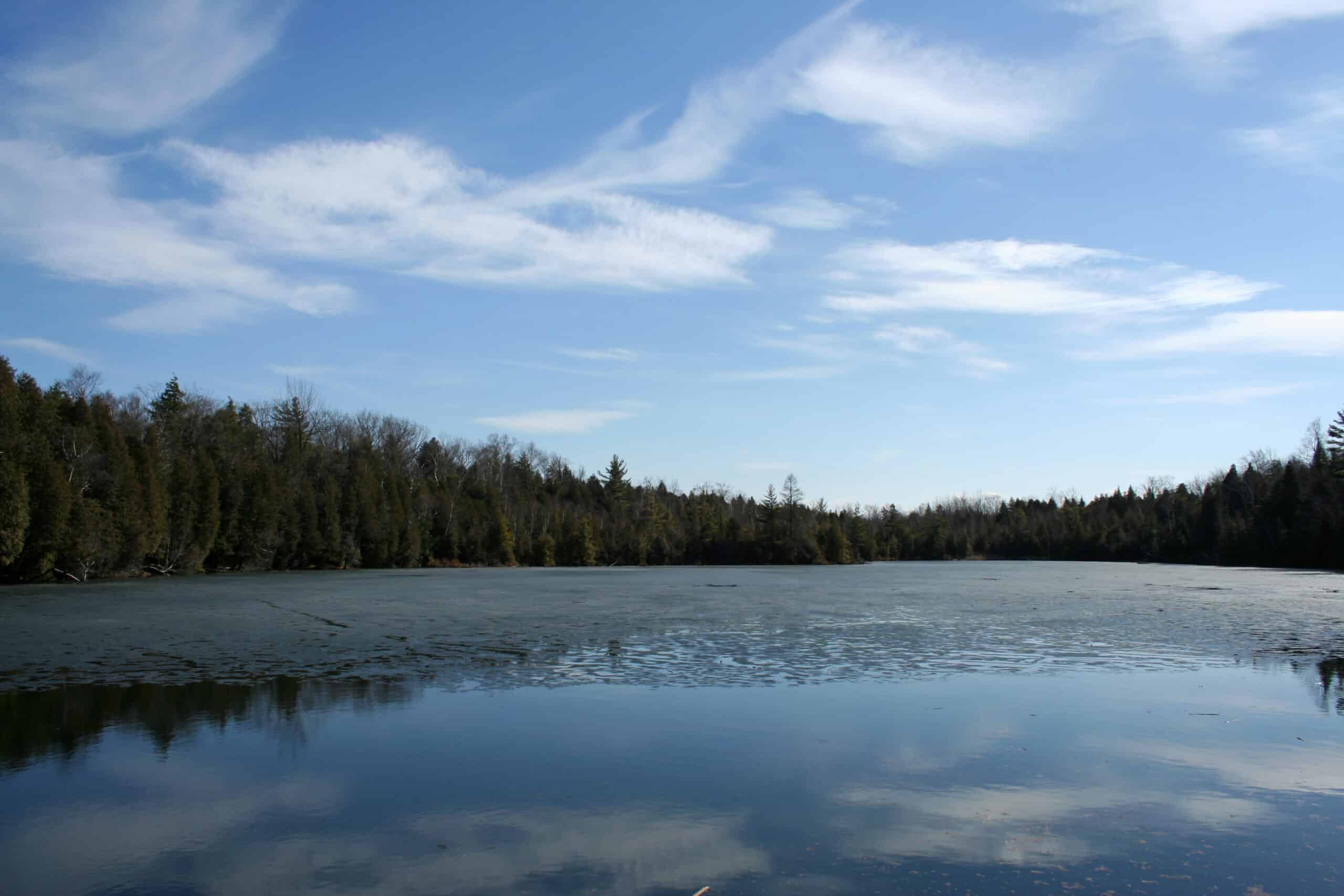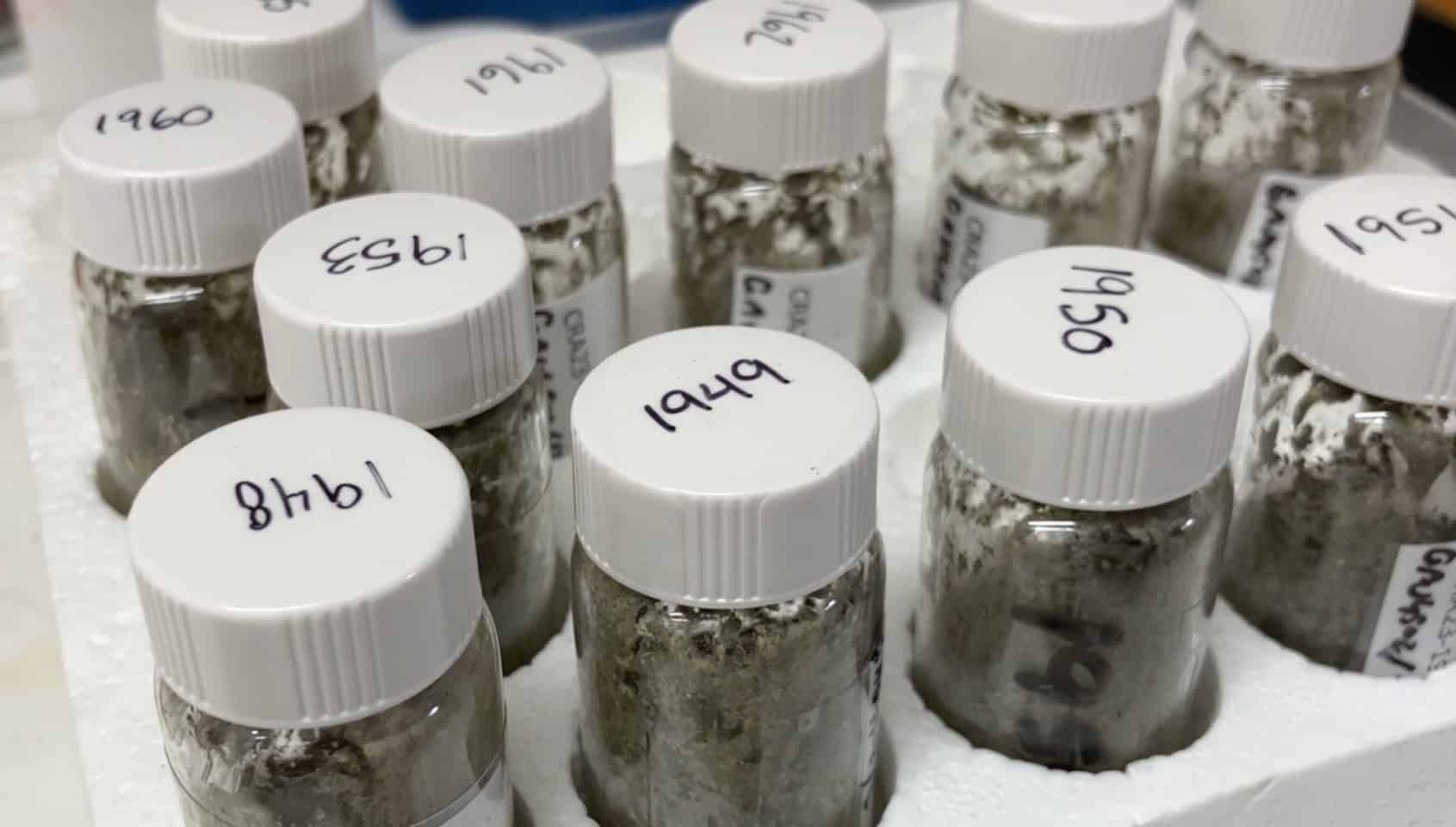
Our species has caused such an impact on Earth that researchers believe we have entered into a new geological epoch, the Anthropocene. Now, researchers have chosen the place that best represents the start of the Anthropocene, which could eventually lead to this new epoch being formally recognized by geologists.
The Anthropocene Working Group, an interdisciplinary team that was tasked to study the geological evidence for the Anthropocene, has chosen Lake Crawford in Canada as the single best repository of evidence that a new chapter in Earth’s history has started. It was picked among 12 other candidate sites, such as lakes, coral reefs, and ice cores.
The origin of a new era
The researchers analyzed core samples from these sites to detect plutonium, a marker of human influence on the environment.
“In nature, plutonium is only present in trace amounts. But in the 1950s, when the first hydrogen bomb tests took place, we see an unprecedented increase,” Andrew Cundy, one of the researchers, told ZME Science.
They chose Crawford Lake because of the quality of its sediment record. This time capsule contains information on environmental changes over the years, sort of like fingerprints of the Anthropocene. Also, the site allows scientists to compare the post-1950 global changes in the Earth system with earlier and more local changes, Cundy explained.
The lake, created within a limestone sinkhole, has a depth of 24 meters but occupies a relatively small area of 2.4 hectares, The Guardian explains. Its distinctive tall shape prevents the mixing of bottom waters and surface waters, thereby preserving the sediment records undisturbed — thus making it a valuable site for further analysis.
“The sediments found at the bottom of Crawford Lake provide an exquisite record of recent environmental change over the last millennia,” Simon Turner, Secretary of the Anthropocene Working Group, said in a statement.
“Seasonal changes in water chemistry and ecology have created annual layers that can be sampled for multiple markers.”
The role of the Anthropocene

Earth’s history is divided into a series of smaller chunks of time, referred to as the geologic time scale. They are classified based on Earth’s rock layers, and the fossils found in them. While the current epoch is the Holocene, which started 11,700 years ago, the Anthropocene is frequently mentioned as being the new geological epoch.
The term is used to describe the impact of human activity on the planet’s climate and ecosystems. It comes from the Greek words anthropo, for “man,” and cene for “new” and was coined by biologist Eugene Stormer and chemist Paul Crutzen. The Anthropocene to have started in 1950, defined by radioactive elements in the planet.
While the International Union of Geological Sciences, the organization that names and defines epochs, hasn’t formally adopted the new epoch yet, the election of Lake Crawford now brings us a step closer. The official declaration could come in August 2024 at the International Geological Congress in South Korea, Cundy told ZME Science.
“Recognition of the Anthropocene as a geological epoch shows to the wider society the true extent of our impacts on the Earth,” Cundy said.
“It’s really evidencing the global impact of our society, right from the point of view of where we’re affecting the Earth’s system. We need to recognize the impact that we, as a species, are having on our planet”









